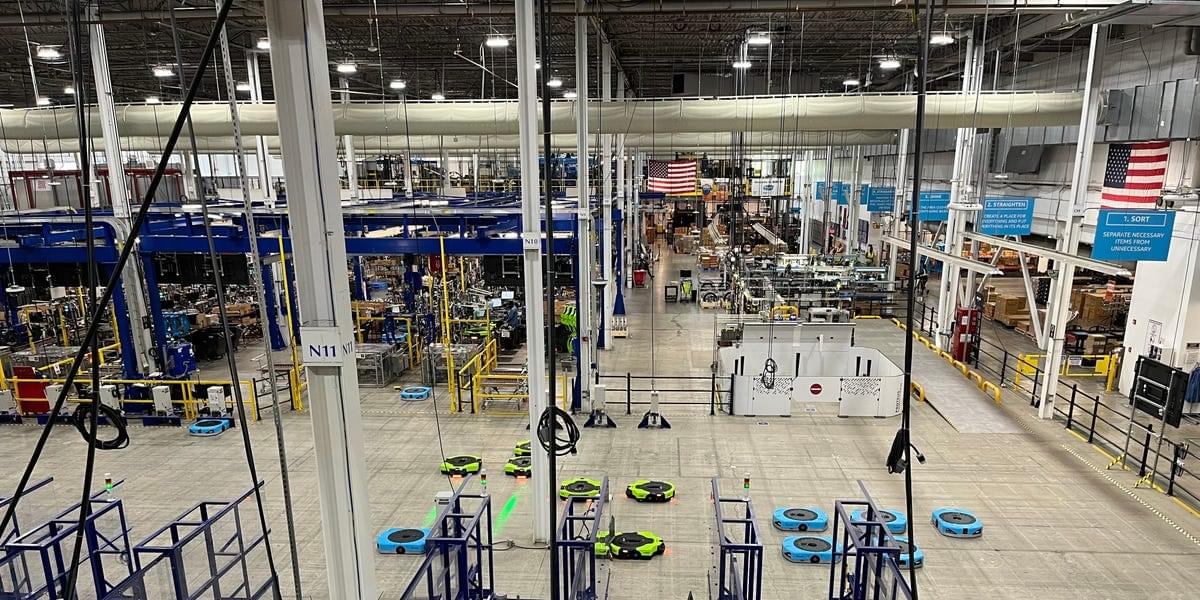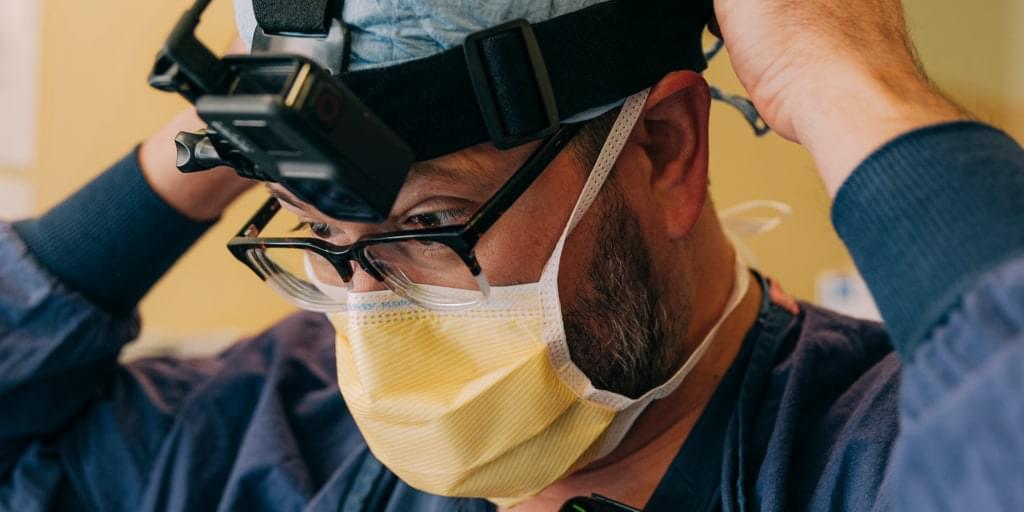The massive facilities where Amazon builds its robots provide a look at what modern manufacturing is actually like.




IN A NUTSHELL 🌱 Researchers at the University of Tokyo developed a method to produce ammonia using artificial photosynthesis. 🔬 The process mimics natural nitrogen fixation by cyanobacteria, utilizing atmospheric nitrogen, water, and sunlight. ⚙️ This method uses a combination of iridium and molybdenum catalysts to enhance reaction efficiency. 🌍 The innovation promises to reduce



Back in 2018, a scientist from the University of Texas at Austin proposed a protocol to generate randomness in a way that could be certified as truly unpredictable. That scientist, Scott Aaronson, now sees that idea become a working reality. “When I first proposed my certified randomness protocol in 2018, I had no idea how long I’d need to wait to see an experimental demonstration of it,” said Aaronson, who now directs a quantum center at a major university.
The experiment was carried out on a cutting-edge 56-qubit quantum computer, accessed remotely over the internet. The machine belongs to a company that recently made a significant upgrade to its system. The research team included experts from a large bank’s tech lab, national research centers, and universities.
To generate certified randomness, the team used a method called random circuit sampling, or RCS. The idea is to feed the quantum computer a series of tough problems, known as challenge circuits. The computer must solve them by choosing among many possible outcomes in a way that’s impossible to predict. Then, classical supercomputers step in to confirm whether the answers are genuinely random or not.




Agentic architecture is the foundation of the current evolution of AI. It’s an AI system development approach that emphasizes autonomy, self-direction and self-improvement. This architecture supports multi-agent collaboration, integration with key enterprise systems and self-learning ecosystems. Instead of being programmed for specific tasks, AI agents in an agentic architecture continually evolve, shifting from task-based automation to proactive, AI-driven decision making.
Why Business And Technology Leaders Should Care
The shift to agentic AI represents a strategic transition from viewing AI as a tool to recognizing it as a strategic partner. This fundamentally alters how companies function and will redefine the roles of business and technology leaders and their interactions with AI moving forward.